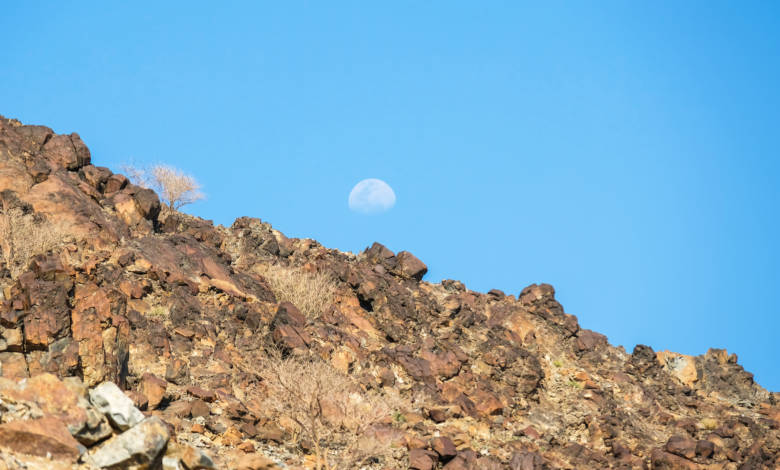
Have you ever wondered what causes the moon phases? We all know that its appearance changes over time. But why?
The phases of the Moon are different ways the Moon looks from Earth over about a month.
As the Moon orbits around the Earth, the half of the Moon that faces the Sun will be lit up. The different shapes of the lit portion of the Moon that can be seen from Earth are Known as phases of the Moon. Each phase repeats itself every 29.5 days.
The same half of the Moon always face the. Earth, because of tidal locking. So the phases will always occur over the same half of the Moon’s surface.
A phase is an angle of the moon to the earth so it appears differently every day.
The moon goes through 8 major phases.
- A new moon is when the moon cannot be seen because we are looking at the unlit half of the Moon. The new moon phase occurs when the Moon is directly between the Earth and Sun. A solar eclipse can only happen at new moon.
- A waxing crescent moon is when the Moon looks like a crescent and the crescent increases (“waxes”) in size from one day to the next. This phase is usually only seen in the west.
- The first quarter moon (or a half moon) is when half of the lit portion of the Moon is visible after the waxing crescent phase. It comes a week after new moon.
- A waxing gibbous moon occurs when more than half of the lit portion of the Moon can be seen and the shape increases (“waxes”) in size from one day to the next. The waxing gibbous phase occurs between the first quarter and full moon phases.
- A full moon is when we can see the entire lit portion of the Moon. The full moon phase occurs when the Moon is on the opposite side of the Earth from the Sun, called opposition. A lunar eclipse can only happen at full moon.
- A waning gibbous moon occurs when more than half of the lit portion of the Moon cab be seen and the shape decreases (“wanes”) in size from one day to the next. The waning gibbous phase occurs between the full moon and third quarter phases.
- The last quarter moon (or a half moon) is when half of the lit portion of the Moon is visible after the waning gibbous phase.
- A waning crescent moon is when the Moon looks like a crescent and the crescent decreases (“wanes”) in size from one day to the next.
Blue Moon
A second full moon in one calendar month is usually called a “blue moon” and this occurs approximately every 3 years. The idiom “Once in a blue moon” refers to something that does not happen often (like a blue moon).
Super Pink Moon
A supermoon or Super Pink Moon takes place when moon’s orbit is at its closest to the Earth. Supermoon take place each year between March and May. As Moon is exceptionally close to Earth; full Moon appears up to 7% larger and 15% brighter than a typical full moon. Traditionally any full moon that occured in April was called a pink moon because it marked the blooming of Moss pink a wildflower.





